
In this exclusive interview, Dematic experts Alberto Rostagno, Vice President Customer Service EMEA and René Sickler, Senior Director Customer Services, talk about the importance of service and consulting in the industry and provide insights into current trends, challenges and innovative solutions from Dematic.
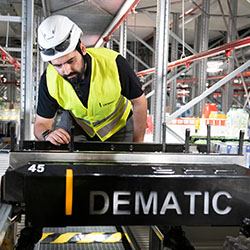
Question: What can customers expect from Dematic in terms of service?
Alberto Rostagno: The most important thing we offer customers with our service is peace of mind. When companies choose a Dematic solution, they can fully concentrate on their core business while we take care of the optimal performance of the automated system. Maximum availability, performance and cost control - these three elements form the basis for a strong service performance.
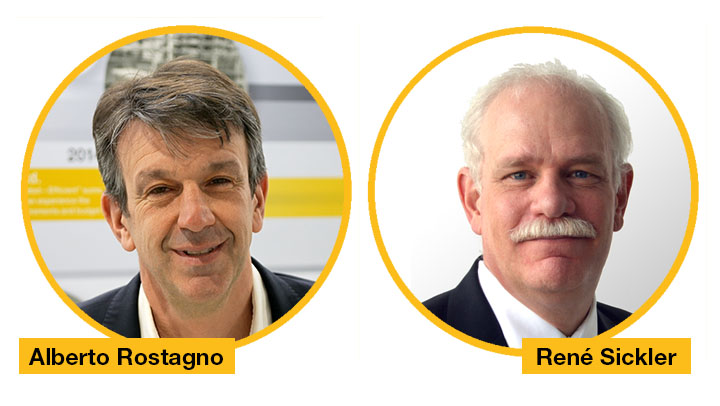
René Sickler: We also support them throughout the entire life cycle of their equipment. If their business model changes, we adapt equipment, processes or the entire installation accordingly. This way, the customer always meets the current market requirements and can meet new trends.
Rostagno: This is exactly where our advisory role comes into play. Instead of letting the customers think through everything themselves, we proactively suggest suitable solutions to improve efficiency and profitability. In doing so, we not only advise before a project begins, but also support the client during implementation and take responsibility for the results.
Qustion: How does a consultation typically proceed?
Rostagno: Usually it all starts with a problem: the customer needs technical or operational support. Based on the initial discussions, we then develop a suitable solution. After that, the business relationship can develop in different directions and open up further possibilities. With some clients we focus on specific problems or technical issues, for some we try our hand and sometimes develop innovative solutions that go beyond the expected.
Sickler: It can also be that the requirements change and the customer feels that his existing system is not operating optimally. In this case, it is a matter of adapting, improving or modernising the system.
Qustion: A term that is increasingly being used in the industry is lifecycle management. Where does this concept come from and how do you use it?
Sickler: The concept of lifecycle management has been around for 20, 30 years. In the beginning, the focus was on maintaining the technical availability of the system. In other words, keeping the system running. In the last five to six years, however, the business fields of many companies have changed fundamentally. This has led to a shift in the focus of the service business from simply maintaining the status quo to actively developing the system and improving its efficiency.
Rostagno: This has to do in particular with booming e-commerce, which is now a priority for many companies. This has changed the requirements, which necessitates regular adaptation of the processes. At the same time, technology cycles are becoming shorter and shorter. What is considered new equipment today may soon be obsolete. Therefore, it is important to continuously develop the customer's equipment to ensure maximum efficiency and performance.
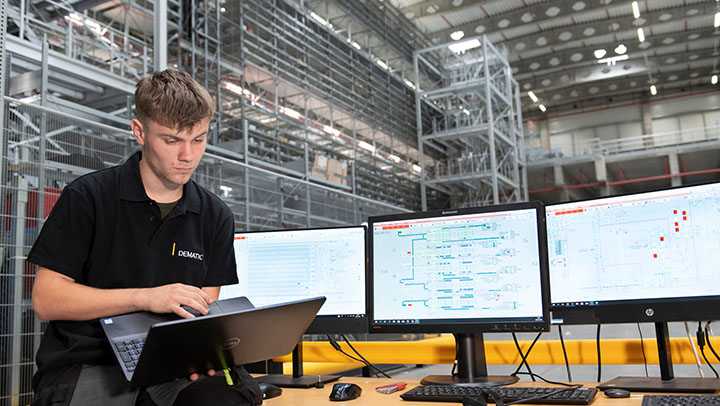
Question: How does Dematic maintain its good reputation in Europe, as reported by trade media and colleagues?
Sickler: Our customers rely heavily on us to support their performance. Especially for high-tech installations, support is essential. Even customers who have their own technical staff often resort to our hotline. We usually offer hotline contracts as insurance for smooth operation. With our large team of around 1,100 employees in Europe, we can support our 1,100 to 1,200 installations very well. We even support very old installations from the 70s. We support 12 different types of warehouse management software and work with several generations of shuttles, cranes and other equipment. Our service team is extremely professional and knowledgeable about both equipment and software versions of all generations.
Question: What are the current trends and challenges in the service sector?
Rostagno: One of the biggest challenges here is also the lack of skilled workers. There are only a few available technicians on the market, so there is a risk of not always having the right skills on site. One solution we resort to is centralised expert groups that provide support remotely to a site by performing modifications, upgrades or software controls without having to be on site in person. As the density of technology in warehouse facilities increases, it also becomes more difficult for employees to access the equipment physically. This is where drones can be of help, for example to measure temperatures or inspect hard-to-reach areas. This, like the use of augmented reality, enables faster reactions on the one hand and creates a safer working environment on the other.
Sickler: Due to the advancing digitalisation, we are in the comfortable situation of being able to get more sensor data and information from the system. This gives us a glimpse into the future and we learn, for example, when problems might occur. In addition, as Alberto mentioned, we can now offer many services remotely and move more in the direction of predictive maintenance and predictive operations.
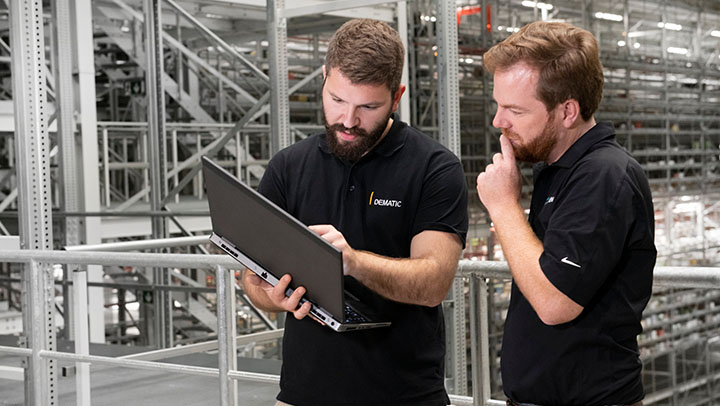
Question: What new solutions does Dematic offer for services?
Sickler: In order to detect changes in warehouse conditions at an early stage, we rely on a variety of technologies. Last year we introduced a drone service for the visual inspection of intralogistics facilities. We are also working on automated flying drones with HoloLens support. This can optimise work processes and make them more efficient, for example by providing technicians with instructions and information in real time while they perform their tasks.
Rostagno: Through site networking, we can also generate more data, which then flows into our AI solution in the cloud. This allows us to pull more information from performance metrics and dashboards. We also use gadgets to electronically monitor chains, cables and cranes, as well as power consumption. Strong deviations from normal operation, such as a rising energy demand, can indicate potential problems. Another service is thermography. Here, thermal images can be taken to identify problems in the plant.
Mr Sickler, Mr Rostagno, thank you very much for the informative and exciting interview!
| 10:00 CET | Welcome and introduction Farly Orie, Managing Director Dematic Benelux & Nordics |
| 10:15 CET | Key Note: The Future of Intralogistics Andrea Campora, SVP Dematic EMEA Region |
| 10:30 CET |
Main Presentation: Engaging the Future
Max Thinius, Futurologist
|
| 11:30 CET | Discussions Round and Q&A from Sli.do with Max Thinius, Andrea Campora and Farly Orie (Moderator) |
| 12:00 CET |
Presentation of a current, innovative plant
With virtual tour |
| 12:30 CET | Virtual Tech Center Tours Online, in local language and with local tour guide |
| 13:00 CET | End of the event |
| 14:30 | End |
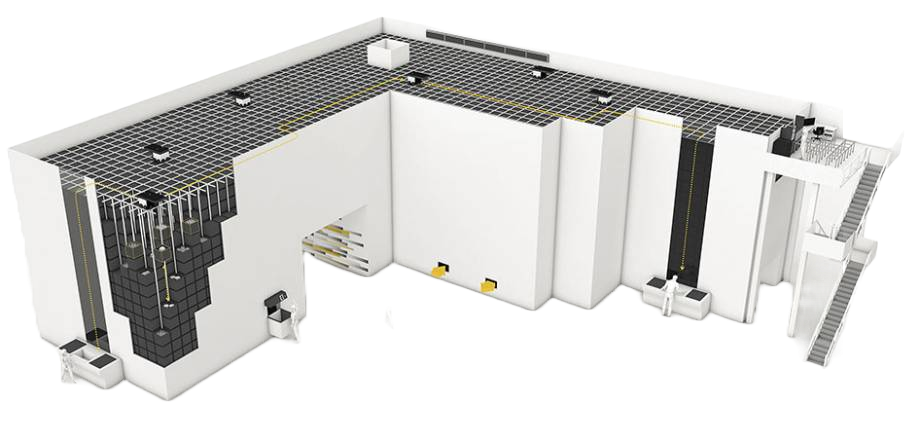
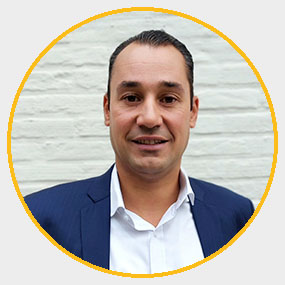 |
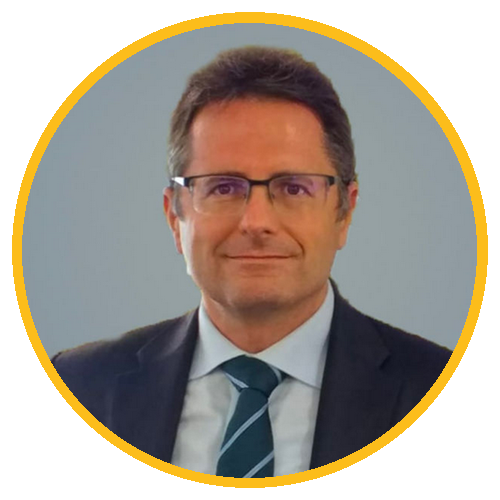 |
 |
|
Farly Orie
Managing Director
Dematic Benelux & Nordics |
Andrea Campora
Senior Vice President, Dematic Region EMEA |
Max Thinius He is Europe's leading futurologist and shaper of the future. He helps people, companies and regions to recognise their new possibilities for the future and to shape them. |